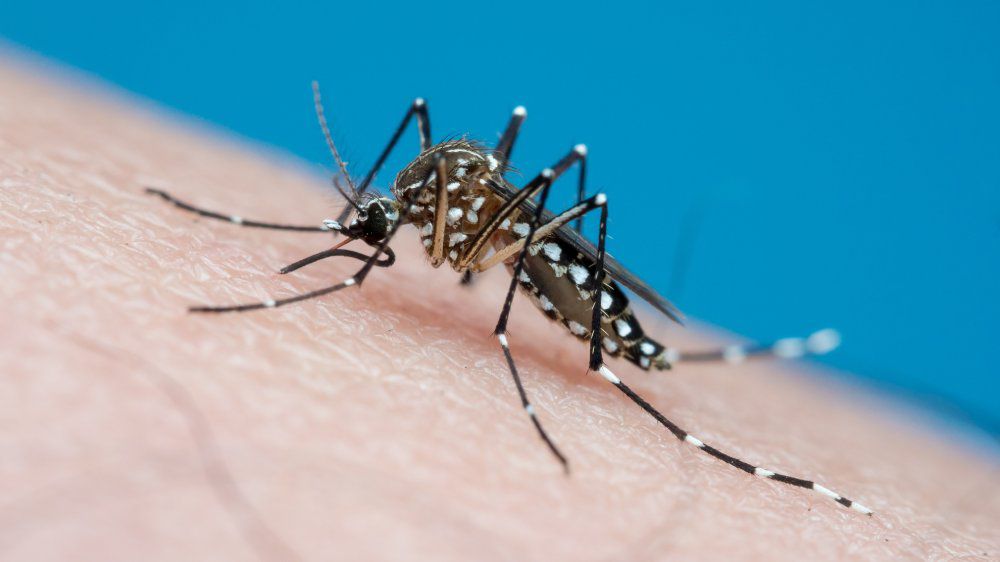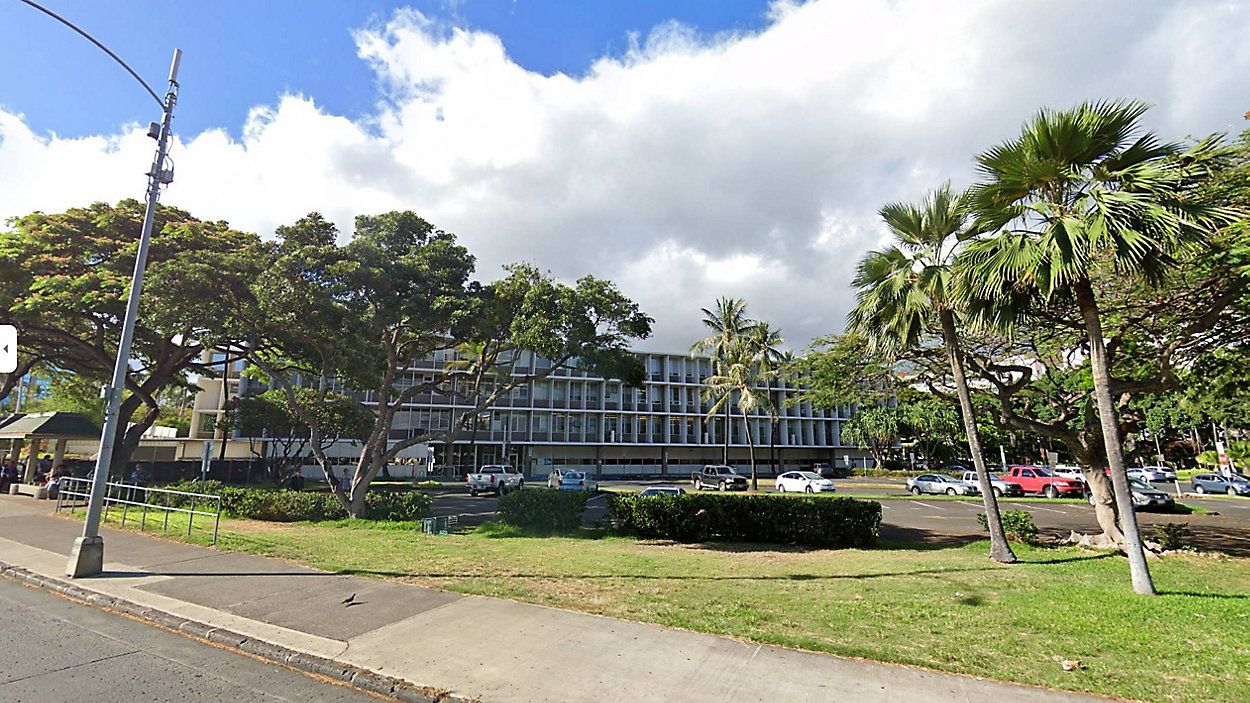HONOLULU — The Hawaii Department of Health announced two people — one on Oahu and one on Kauai — who traveled separately to areas where dengue is prevalent now have the virus.
DOH teams were sent to conduct mosquito control in the areas where the Hawaii residents live in order to lessen the chances of dengue being transmitted to others in the area.
This year, Hawaii has had a total of eight confirmed travel-related dengue cases — one on Kauai, two on Maui and five on Oahu. Multiple regions around the world where individuals have traveled are experiencing higher-than-normal dengue activity.
Dengue symptoms may include fever, nausea, vomiting, rash, and body aches. Severe symptoms are more likely in someone who has been previously infected with dengue.
According to Hawaii DOH, most people recover in about a week.
If anyone has recently traveled to an area where dengue is common and is experiencing these symptoms, Hawaii DOH urges them to contact their health care provider.
To transmit dengue fever, a mosquito must first bite a person infected with dengue, and then, after five to seven days, the virus develops in the mosquito and can spread when the infected mosquito bites another person. The virus is not established in Hawaii.
Mosquitoes only need small amounts of standing water to breed, so DOH recommends clearing water in buckets, water-catching plants such as bromeliads, small containers, planters, rain barrels, and cups left outside.








